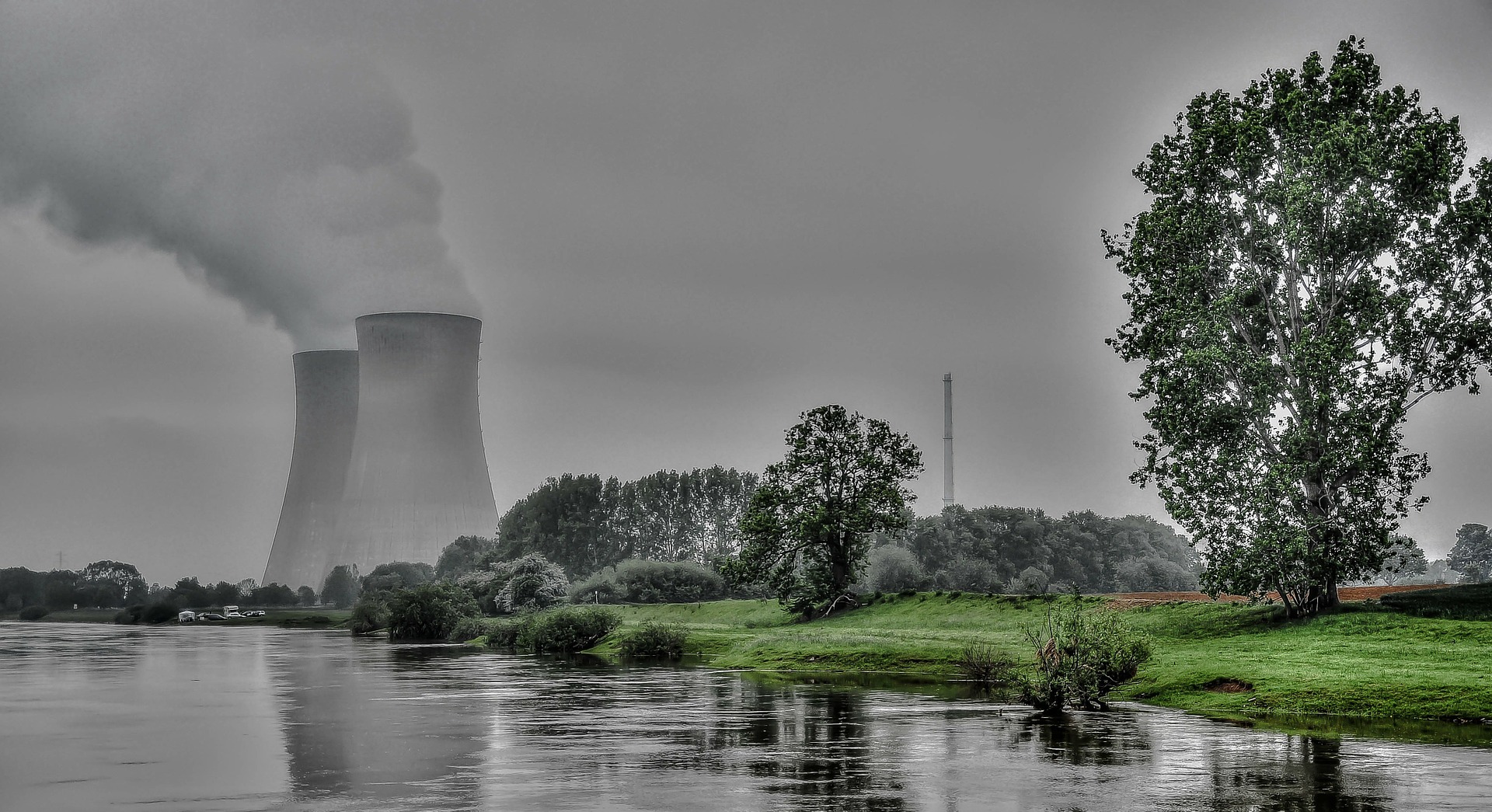‘Fukushima, contaminated lives,’ the first article in virtual reality
10/10/2016 / By fukushima

The viewer is the protagonist of this special El País Semanal report, which will be available in English on Monday
Article by El Pais Semanal
[Click here to see the video in virtual reality. If you are navigating via a mobile device, download the YouTube app to see it correctly. You can also see this report by downloading the EL PAÍS VR app.]
With the emergence of this technology, which until now had been used mostly for videogames or for commercial ends, EL PAÍS is taking a step further in its commitment to take the reader to where the story is happening. ‘Fukushima, contaminated lives’ is the first feature article from EL PAÍS that uses narration in virtual reality.
The story, recorded with a 360-degree field of vision, allows for a complete panoramic view of the action, and includes three-dimensional graphics on some of the locations. During 10 minutes, the user can explore the abandoned towns in the exclusion zone, from which inhabitants had to flee on March 11, 2011. The majority have still not been able to return and are living in prefabricated barracks or with their families. Throughout the video, the viewer will see the victims of this tragedy, entering into the homes destroyed by the earthquake, visiting the provisional houses where the evacuees live, will see a recreation of the accident with graphics and will also sail on board the Rainbow Warrior, the flagship of environmental campaigning group Greenpeace, just 1.5 kilometers from the Daiichi Fukushima nuclear plant, accompanied by the former prime minister of Japan, Naoto Kan.
This journalistic project takes the reader to a place that would normally be very difficult to access, mainly due to the dangers of the high levels of radiation that remain. The sensation of actually being there alongside the protagonists – in this case the victims of the catastrophe – amplifies the experience. Dozens of ghost towns receive the visitor on entering the exclusion zone. Open houses and ransacked drawers remind the viewer of the pain of the 70,000 people who have been unable to return to their homes. The devastation is in contrast with the sense of ordered resignation of the victims. Everything is quiet around the nuclear plant.
The video took a week to shoot, but the post-production process and the creation of a new application with which to view it took more than two months. With Fukushima, contaminated lives, EL PAÍS VR is born, a new channel from which the newspaper will launch journalistic content narrated in virtual reality. The application can be downloaded on iOS and Android operating systems, and will host all of the new videos that are launched.
How to watch the video in virtual reality
There are three main ways to watch ‘Fukushima, contaminated lives’ in virtual reality. The most simple, but less spectacular, is via the EL PAÍS YouTube channel. The best way to do this is to open the video via the YouTube app on your smartphone or tablet, and enjoy the experience moving your device around according to the area you want to see. It is recommendable to do so standing and wearing headphones.
If you have an Android phone and Cardboard glasses (available on the internet), YouTube also gives you a virtual reality option, via which you can place the phone within these glasses.
If you are viewing the video from a computer, you can use the mouse and cursor to drag the screen 360 degrees. In all cases, be sure to have a good Wi-Fi connection in order to enjoy the best image quality.
The second option consists of downloading the EL PAÍS VR application, which is available on Android and iOS and allows for two different views: by moving the device around, or by attaching it to Cardboard glasses. This application will also host future stories.
The third option consists of using latest-generation virtual reality glasses, such as Samsung Gear (for smartphones from this brand) or Oculus Rift (which connect to the computer). This offers the most complete of all the experiences via which you can watch this video, and those that will be published by EL PAÍS. In all cases, wearing headphones is recommended in order to enjoy a more complete experience.
Tagged Under: Fukushima, Virtual reality, vr















